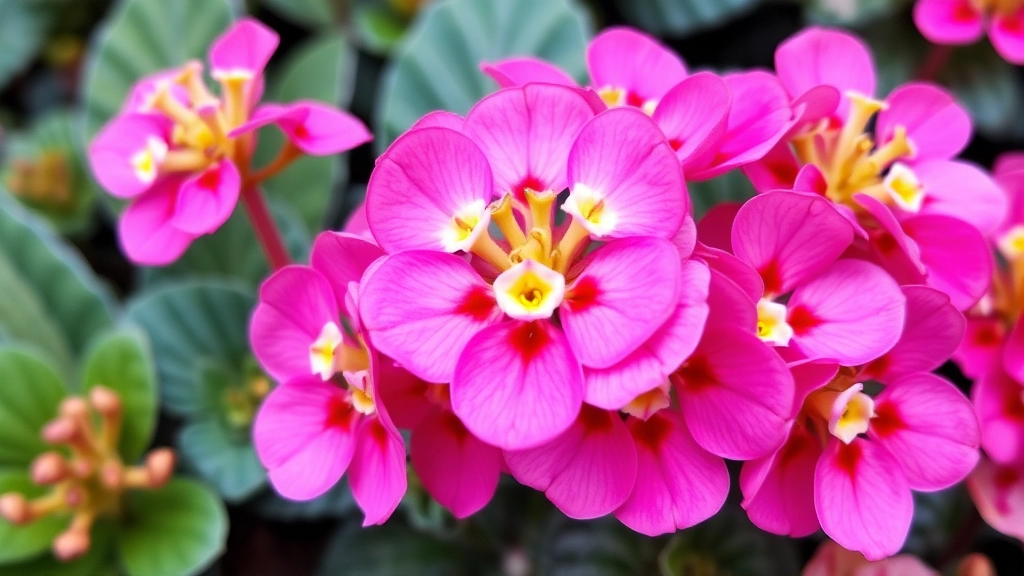Understanding Kalanchoe Flowering Issues
Ever wondered why your florist kalanchoe isn’t flowering? You’re not alone. Many plant enthusiasts face this issue due to various reasons like improper light, poor pruning habits, or incorrect watering routines. Let’s dive into some common causes and practical solutions to get those blooms back.
Common Causes of Non-Flowering
- Light: Kalanchoe plants need plenty of bright, indirect sunlight to flower. If they’re not getting enough light, they simply won’t bloom.
- Pruning: Timely and proper pruning can encourage new growth and flowering.
- Watering and Fertilizing: Adjusting your watering and fertilizing routines can also make a significant difference.
- Soil pH and Pests: Ensuring your plant has the right soil pH and is free from pests will further enhance its chances of blooming.
Common Causes of Kalanchoe Not Flowering
Are you frustrated because your Kalanchoe isn’t blooming? You’re not alone. Many plant enthusiasts face this issue, and understanding the common causes can help you turn things around.
- Insufficient Light: Kalanchoe plants thrive in bright, indirect sunlight. If they’re not getting enough light, they may skip flowering altogether. Aim for at least six hours of light daily. For more tips on light requirements, check out our Kalanchoe Tomentosa Care Tips and Growing Guide.
- Overwatering: Too much water can lead to root rot, which affects flowering. Ensure the soil dries out between waterings. A good rule of thumb is to water only when the top inch of soil feels dry.
- Wrong Temperature: Kalanchoe prefers a temperature range of 15°C to 25°C. Extreme cold or excessive heat can stress the plant and inhibit blooms.
- Lack of Nutrients: A nutrient-deficient plant may struggle to produce flowers. Regular feeding with a balanced fertiliser during the growing season can help.
- Incorrect Pot Size: If your Kalanchoe is in a pot that’s too large, it may focus on root growth instead of flowering. Choose a pot that’s just slightly larger than the root ball.
- Pest Infestations: Pests like aphids or mealybugs can sap the plant’s strength, leading to poor flowering. Regularly inspect your plant for any signs of infestation. For more information on pest control, visit our Devil’s Backbone Plant Kalanchoe Care Guide.
Optimal Light Requirements for Kalanchoe Blooms
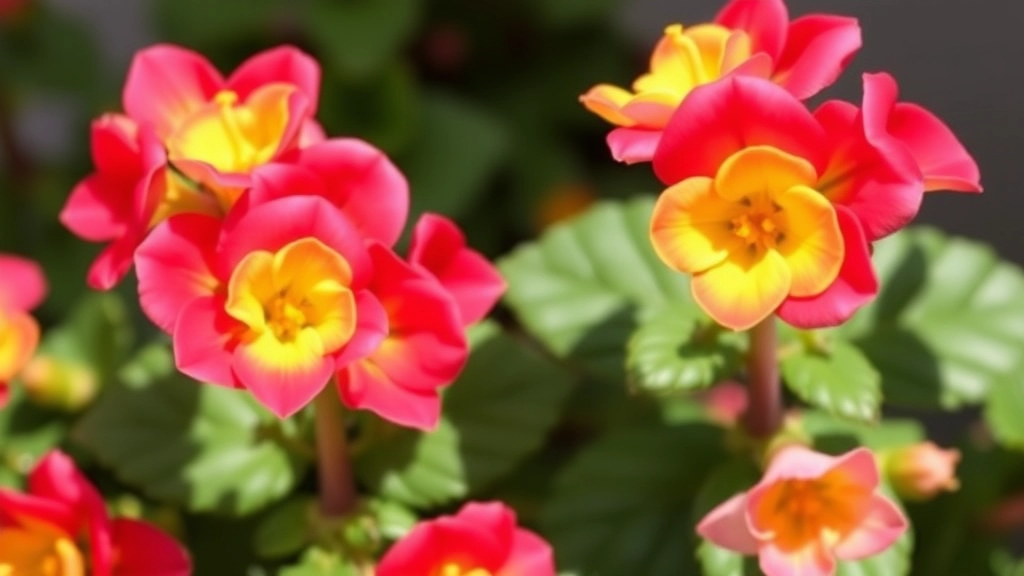
So, you’ve done everything right, but your Kalanchoe still isn’t blooming. One major factor could be its light exposure.
Why Light Matters
Kalanchoe plants thrive on bright, indirect light. They’re not fans of dark corners or too much direct sunlight, which can scorch their leaves.
- Bright Indirect Light: Aim for around 12 hours of bright, indirect sunlight each day. A south or west-facing window is usually perfect.
- Avoid Direct Sun: Too much direct sun can lead to leaf burn. If you notice crispy edges, it’s time to move it back a bit.
- Supplemental Lighting: If natural light is lacking, consider using grow lights to give your Kalanchoe that extra boost.
Signs Your Kalanchoe Needs More Light
You might be wondering how to tell if your plant is light-starved. Look for these signs:
- Leggy Growth: If the stems are stretching and looking spindly, that’s a cry for more light.
- Slow Growth: A lack of blooms or new leaves can indicate insufficient light.
- Pale Leaves: Healthy Kalanchoe leaves are typically vibrant. If they’re fading, it’s time to reassess their light situation.
Importance of Pruning for Flowering Success
Are you struggling to get your Kalanchoe to bloom? One often overlooked factor is pruning.
Pruning is essential for encouraging vibrant flowers and healthy growth.
Here’s why:
- Stimulates New Growth: By removing dead or wilting leaves, you promote the development of new shoots, which can lead to more blooms.
- Improves Air Circulation: Proper pruning helps prevent overcrowding, allowing air to circulate freely. This reduces the risk of fungal diseases, which can hinder flowering.
- Directs Energy: When you prune, you help the plant focus its energy on producing flowers rather than sustaining old growth.
- Shapes the Plant: A well-pruned Kalanchoe not only looks better but also encourages an even distribution of blooms, making for a more aesthetically pleasing display.
To prune effectively, follow these tips:
- Timing: Prune after the flowering season, typically in late spring or early summer.
- Tools: Use clean, sharp scissors or pruning shears to avoid damaging the plant.
- Technique: Cut just above a leaf node to encourage branching.
- Frequency: Regularly check your plant and prune as needed to maintain its shape and health.
For more detailed information on pruning techniques, you can refer to our guide on Florist Kalanchoe pruning.
How to Mimic Dormancy for Blooming Cycles
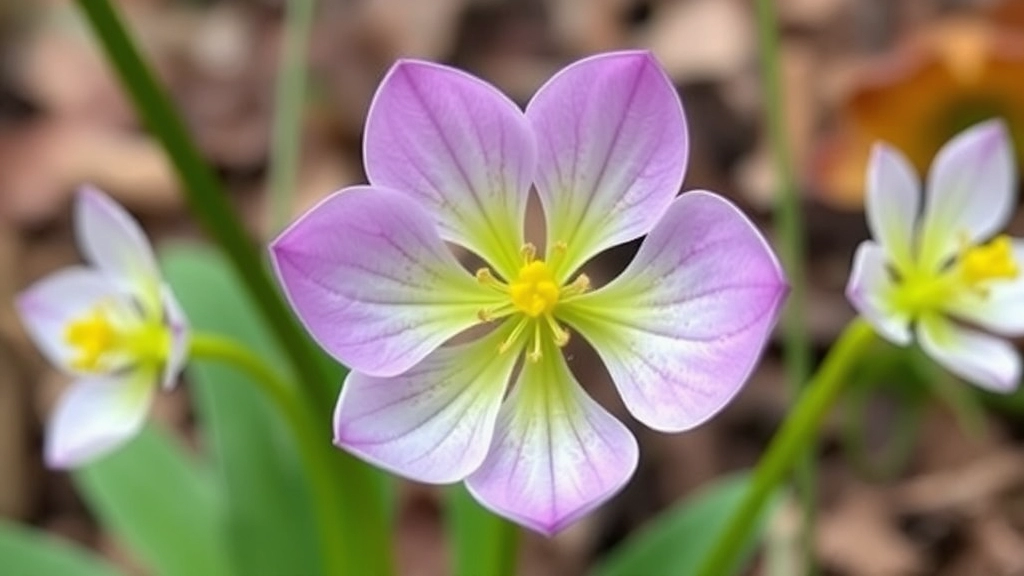
If your Kalanchoe isn’t flowering, you might find yourself wondering how to encourage those vibrant blooms. One effective strategy is to mimic a dormancy period, which can stimulate the plant to produce flowers when conditions are right.
Understanding Dormancy
Dormancy is a natural phase for many plants, including Kalanchoe. During this time, the plant conserves energy, preparing for the next growth cycle. To replicate this, follow these steps:
- Reduce Watering: Cut back on watering for about 4-6 weeks. Allow the soil to dry out completely between waterings.
- Lower Temperatures: Keep the plant in a cooler environment, ideally around 10-15°C (50-59°F). This temperature drop signals to the plant that it’s time to rest.
- Limit Fertilisation: Avoid fertilising during the dormancy period. This helps the plant focus on resting rather than growing.
- Provide Darkness: Ensure the plant receives 14-16 hours of darkness each day. This can be achieved by moving it to a less lit area or using blackout cloths.
By mimicking these dormancy conditions, you can help your Kalanchoe reset its growth cycle and encourage blooming.
Adjusting Watering and Fertilizing Routines
When it comes to encouraging your Kalanchoe to bloom, the right watering and fertilizing practices are crucial. Many plant enthusiasts find themselves puzzled when their Kalanchoe refuses to flower. Often, the issue lies in improper care routines.
Correcting Soil pH for Improved Flowering
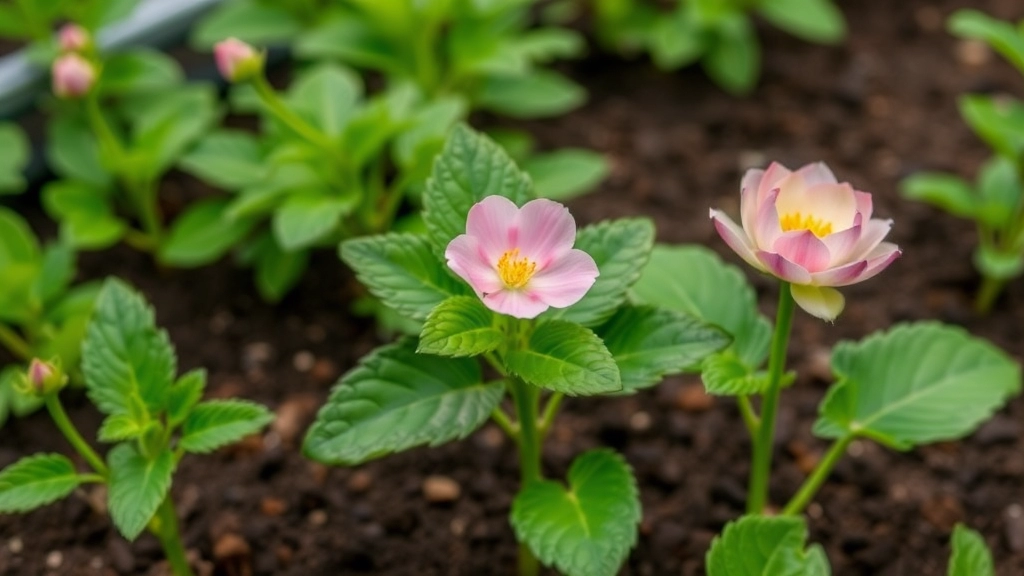
Have you ever noticed your Kalanchoe struggling to bloom despite your best care efforts? One often-overlooked factor could be the soil pH.
Kalanchoe thrives in slightly acidic to neutral soil, ideally between 6.0 and 7.0. If the pH swings too far out of this range, your plant might just decide to skip flowering altogether.
Here’s how to check and correct your soil pH:
- Testing the Soil:
- Use a pH testing kit or strips.
- Take a small sample of your soil and mix it with distilled water.
- Follow the kit instructions to get an accurate reading.
- Adjusting the pH:
- If your soil is too acidic (below 6.0):
- Add lime to raise the pH.
- Start with a small amount and retest after a few weeks.
- If it’s too alkaline (above 7.0):
- Incorporate sulfur or peat moss to lower the pH.
- Again, do this gradually and monitor the changes.
- If your soil is too acidic (below 6.0):
- Regular Maintenance:
- Check your soil pH every few months, especially before the growing season.
- This way, you can catch any shifts early and keep your Kalanchoe happy.
By ensuring your soil is in the right pH range, you’re setting the stage for vibrant blooms.
Protecting Kalanchoe from Pest Infestations
As we explore the factors affecting Kalanchoe flowering, it’s crucial to consider the role pests play in hindering their growth.
Kalanchoe plants can be particularly susceptible to various pests that not only damage the leaves but also impede blooming. Common culprits include aphids, mealybugs, and spider mites.
Managing Competition with Nearby Plants
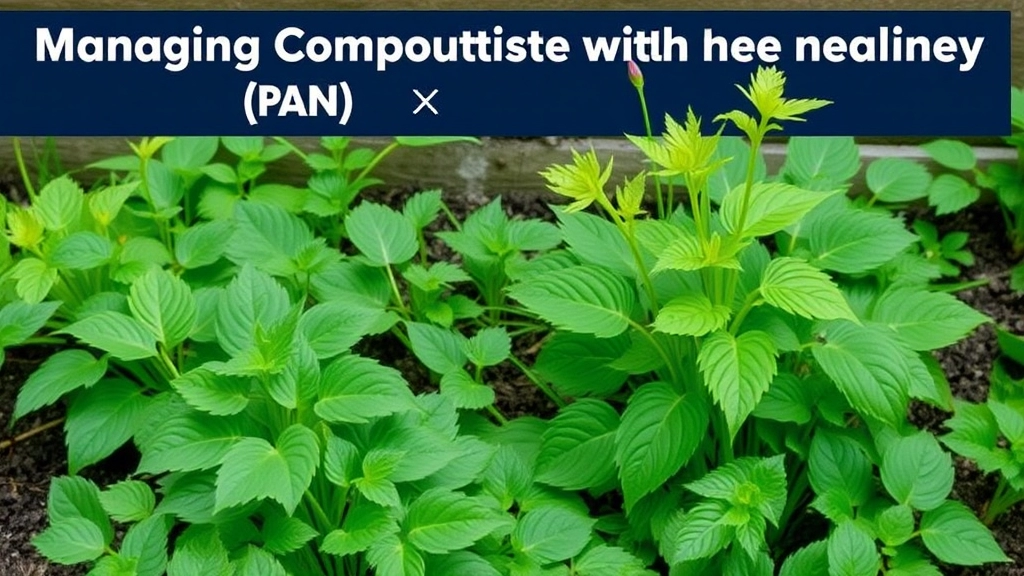
Have you ever noticed your Kalanchoe struggling to bloom while surrounded by other plants? You’re not alone.
When your Kalanchoe is competing for resources, it can really affect its flowering potential. Here’s how to manage that competition effectively:
- Space Matters: Ensure your Kalanchoe has enough room to breathe. Crowded plants can lead to competition for light, water, and nutrients.
- Choose Companions Wisely: Pair your Kalanchoe with plants that have similar care needs. This way, they won’t be fighting over resources.
- Monitor Growth: Keep an eye on nearby plants. If they start overshadowing your Kalanchoe, consider moving them or trimming them back.
- Rotate Your Plants: If you’re using pots, rotating them can help ensure your Kalanchoe gets equal sunlight and doesn’t get outcompeted by other plants.
By managing the competition, you give your Kalanchoe a fighting chance to bloom beautifully.
Timing the Blooming Period for Best Results
One of the most common concerns for Kalanchoe enthusiasts is ensuring their plants bloom beautifully.
Why Timing Matters
The timing of your Kalanchoe’s blooming period can significantly affect its overall health and flower production.
FAQs: Florist Kalanchoe Not Flowering
Why isn’t my Kalanchoe flowering?
There could be several reasons your Kalanchoe isn’t flowering, including insufficient light, improper soil pH, lack of a dormancy period, or competition with nearby plants.
What type of light does Kalanchoe need to bloom?
Kalanchoe plants thrive on bright, indirect light. Aim for around 12 hours of bright, indirect sunlight each day. Avoid too much direct sunlight as it can scorch the leaves.
How can I tell if my Kalanchoe needs more light?
Signs that your Kalanchoe needs more light include leggy growth, slow growth, and pale leaves. If you notice these symptoms, consider moving your plant to a brighter location or using supplemental lighting.
How can I mimic dormancy to encourage blooming in my Kalanchoe?
To mimic dormancy, reduce watering, lower temperatures to around 10-15°C (50-59°F), limit fertilization, and provide 14-16 hours of darkness each day. This helps the plant reset its growth cycle and encourages blooming.
Why is soil pH important for Kalanchoe flowering?
Kalanchoe thrives in slightly acidic to neutral soil with a pH between 6.0 and 7.0. If the pH is outside this range, it may hinder blooming. Regularly check and adjust your soil pH to keep it within the optimal range.
How do I test and adjust the soil pH for my Kalanchoe?
Use a pH testing kit or strips to test your soil. If the soil is too acidic (below 6.0), add lime to raise the pH. If it’s too alkaline (above 7.0), incorporate sulfur or peat moss to lower the pH. Regularly monitor the soil pH, especially before the growing season.
Can nearby plants affect my Kalanchoe’s ability to bloom?
Yes, competition for resources like light, water, and nutrients can affect your Kalanchoe’s flowering potential. Ensure your Kalanchoe has enough space, choose companion plants with similar care needs, and monitor growth to reduce competition.
How can I manage competition from nearby plants?
Ensure your Kalanchoe has enough room to breathe, pair it with plants that have similar care needs, monitor and trim nearby plants if necessary, and rotate your pots to ensure equal sunlight exposure.
References
-
Why Is My Kalanchoe Not Blooming?
-
How to Grow Kalanchoe Succulents
-
Kalanchoe: How to Grow and Care for Kalanchoe
